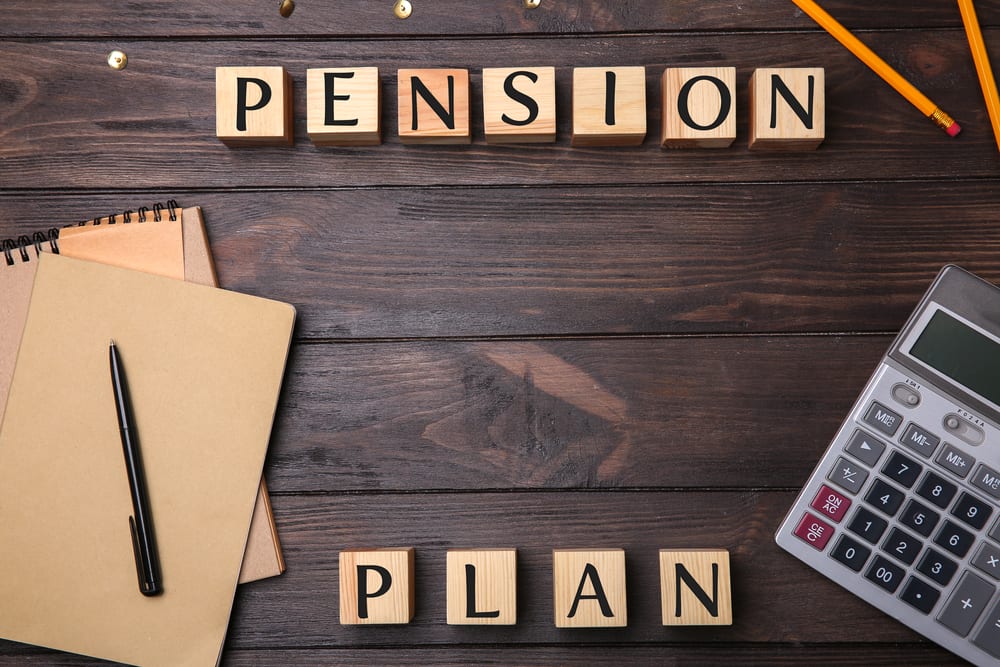Having a private pension can be the difference between the retirement you want, or a retirement spent counting the pennies. However, the importance of a private pension and the returns you can get from one are often misunderstood. It’s true that the earlier you start in life the easier it becomes, but that doesn’t mean you shouldn’t consider one if your slightly older too.
The current state pension isn’t enough for many to enjoy the retirement they want and the strain on the system is growing. We are living longer, which is good for us, but it also poses problems for the bean counters in government and at pension companies. Below we’ll provide all the information you need about private pensions in Ireland.
Do I really need one?
Some people are content to leave their retirement to the state. However, after the age of 65 we are living approximately 50% longer than we were in the 1970s. This all puts great strain on the State’s coffers, and private pensions are desperately needed to fill the gap.
The current maximum state pension is just under €250 per week. While you can survive on this amount, you won’t be spending months of each year travelling the world and enjoying any hobbies that cost money. Some economists suggest you should aim to have a minimum of 50% of your working income to have a comfortable retirement, so if you earn €60,000 a year when you retire, you want to be receiving a minimum of €30,000 per year in pension payments.
The current maximum state pension of €12,912 per year falls €17,088 short of this target. In an ideal world, this shortfall (and possibly more) should be from a private pension. The age you receive your state pension is also being gradually pushed back and will be 68 years old by 2028.
Don’t be put off by big numbers
If you want to receive a yearly income of around €30,000 from a private pension, you will need a fund of €750,000 to €950,000. People can be put of by these big numbers, but when spread over decades, and allowing for growth (which can be considerable), the reality is normally far less daunting than people think.
For example, if you contributed €250 per month for 36 years, you will have saved €107,750, but at a decent growth rate your pension pot would have been worth approximately €630,000, which is almost six times what you’ve saved. Not a bad return on your investment.
There is also tax relief on pension contributions, meaning the amount you put aside is worth far more than the real cost to you. For example, if you receive tax relief at the top rate, putting €301 into a pension has a real cost of €164, because if you don’t put it into your pension you will have to pay tax on the income and will only be left with the smaller amount.
This means you receive the benefit of €301 in your pension pot rather than income of €164 in your bank.
How much will I need to put into a pension each month?
There are several factors that come into play when setting up your pension. The amount you want to receive per year, your desired retirement age, and your overall financial situation. These factors are different for everyone. Some will want to retire with a lump sum when they’re 50 years old, others will be happy to work until they’re 65 and keep contributing for a further 15 years.
There are also workplace pension schemes where your employer will contribute between five and ten percent into your pension. This means if you earn €50,000 your employer will pay an additional €2,500 to €5,000 per year into your pension pot.
The best way to get a clear picture of what is achievable for you is to speak to a professional that can provide you with examples that are tailored to your circumstances. Get in touch with us to find out what your options are.
Will it save me tax?
Revenue understand the importance of private pensions and provide substantial tax breaks to encourage people to invest in a pension. A private pension is possibly the most tax efficient way of saving money. Pensions are tax efficient in three ways, often called ‘triple tax efficiency’.
Firstly, you receive income tax relief on your contributions, which if you pay tax at 40% is a considerable saving. Even if you only pay tax at 20%, it’s still a worthwhile saving.
Secondly, any growth of your pension pot over the decades you’ll be contributing is also tax free. Compound interest also helps to increase the growth.
Lastly, upon retirement you’re allowed to take up to 25% of your pension pot tax free. So, if you have a pot worth €450,000, you can take up to €112,500 tax free when you retire.
Choose a financial partner with your best interests at heart
Mason Wealth Management is built on the relationships we develop with our clients. Our success has always been dependent on the success of our clients. Our practice is small enough to offer a personal service, providing friendly real-world advice in a down-to-earth way.
Phil, Les, and Martina have always strived to provide the best possible ongoing support, ensuring your pension and financial planning is meeting your changing requirements. While regular reviews and tailored solutions have always been part of our practice, the need for it is greater than ever.
If you need help understanding your pension options, contact us for more information on how we can help you achieve your financial goals.




